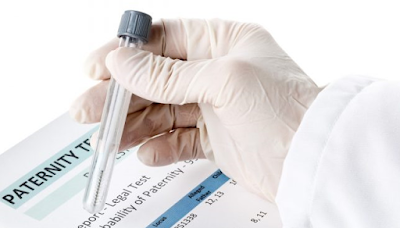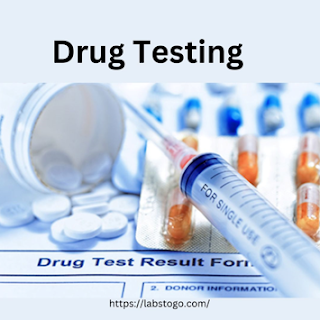Importance of Paternity Testing
If you are expecting a child and have concerns regarding the father of your unborn child, you may be wondering what choices are available to you. Even though postpartum paternity testing is a possibility, paternity tests may be performed while you are still expecting.
DNA testing may be performed as early as nine weeks
into a pregnant woman's pregnancy. Because of technological advances, there is
a minimal danger to either the mother or the child. Here's what you should know
about getting a paternity test during your pregnancy if you're trying to figure
out who the father of your child is.
The importance of taking a paternity test during pregnancy can't be overstated.
Paternity testing is used to establish whether or not there is a
biological connection between a new born and the father. It is necessary for a
variety of reasons, including legal, medical, and psychological. According to
the American Pregnancy Association (APA), the following factors must be
considered while establishing paternity:
Legal and social advantages like inheritance and
social security are established to ensure that your baby's medical history is
documented. This might help to enhance the connection between a father and his
kid.
To address these issues, several states in the
United States have passed legislation mandating that an acknowledgement of
paternity be completed at the hospital after the birth of a child.
Paternity testing
Prenatal Paternity Testing may be done during or after pregnancy to determine
the father's identity. Postnatal tests, or those performed after a baby is
delivered, may be conducted via the collection of an umbilical cord after the
infant is born. Once the infant has been discharged from the hospital, they may
be done using a cheek sample or blood sample collected at a lab.
It may be challenging for you and the putative
father to wait until after the child's birth to get precise findings while also
maintaining your dignity. Several types of prenatal paternity testing may be performed during pregnancy to
determine the father's identity.
Non-invasive prenatal paternity
This non-invasive test is the most reliable method
of determining paternity when a woman is pregnant. Blood samples are taken from
the mother and the alleged father to perform a fatal cell study on the
children.
Amniocentesis
An amniocentesis test may be done between weeks 14
and 20 of your pregnancy to determine your pregnancy status. It is often used
to diagnose neural tube anomalies, chromosomal abnormalities, and genetic
diseases.
Chorionic villus sampling
This invasive diagnostic technique, like the last
one, makes use of a tiny needle or tube. For it to be effective, your doctor
must put it into your vagina and through your cervix. A hand or tube will be
inserted into the uterine wall to harvest chorionic villi, which are tiny
fragments of tissue adhering to the uterine wall, using ultrasound guidance.
Because the chorionic villi and your developing kid have the same genetic makeup, this tissue may be used to prove paternity in some instances. The DNA sample obtained via CVS will be compared to the DNA sample obtained from the claimed biological father. There is a 99 per cent accuracy rate with this system.




Comments
Post a Comment